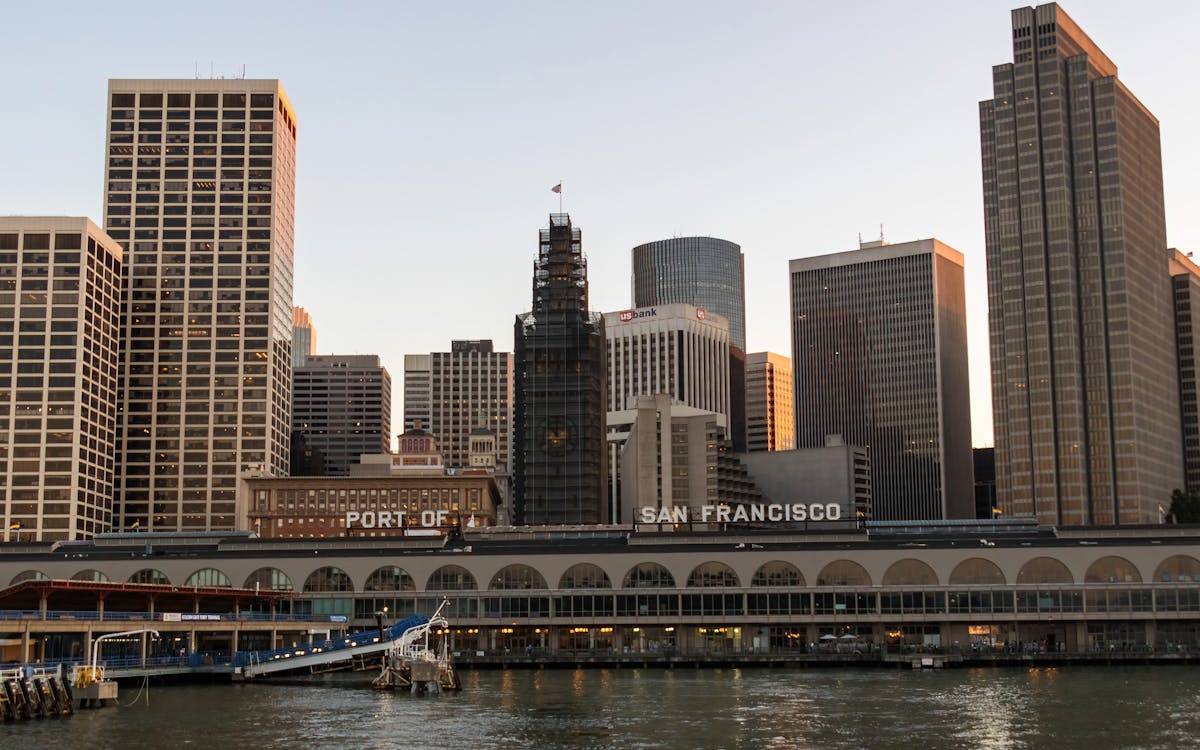A New Tide: How Communities Are Restoring the Bay
A New Tide: How Communities Are Restoring the Bay
Blog Article

Why Restoration Matters More Than Ever in the Bay Area
Over the last few decades, the San Francisco Bay has weathered the influence of city development, commercial growth, and environment modification. When teeming with wild animals and lavish marshes, a number of the bay's natural environments have been fragmented or deteriorated. Yet amid these challenges, something remarkable is taking place: regional residents, volunteers, and grassroots initiatives are leading a wave of ecological repair that's bringing new life back to the Bay.
Repair isn't almost planting trees or tidying up trash, though those initiatives are very important. It's regarding rebuilding the structures of life, from marsh grasses that sustain fish nurseries to coastline buffers that guard against flooding. And in this region, the power of community involvement is transforming the tide really realistically.
From Marshland to Miracle: The Return of Native Habitats
Among the most visible adjustments happening in the Bay Area is the re-emergence of indigenous habitats. Marshes that were once drained pipes or led over are being rehydrated and replanted. Turfs and hedges indigenous to the region are being grown by area groups, who usually depend on neighborhood volunteers to help grow plants and take care of regulated planting events.
These native plants do more than include plant to the landscape. They supply refuge to migratory birds, pollinators, and little animals, producing pockets of biodiversity in the middle of busy urban zones. As these habitats broaden, so does the environmental wellness of the Bay itself. When neighborhood homeowners take time out of their weekend breaks to obtain their hands in the dirt, they're not simply planting-- they're taking part in the repair of a living, breathing ecological community.
The Role of Education in Fostering Environmental Stewards
Education and learning plays an essential part in why these community-led efforts are working so well. Schools, neighborhood facilities, and not-for-profit teams are organizing hands-on knowing experiences where individuals of every ages can recognize the scientific research and relevance of repair. These programs commonly bring individuals in person with issues like disintegration, air pollution, and sea level rise-- subjects that can feel abstract until they're seen up close.
When someone sees the fragile balance of a tidewater or discovers exactly how a solitary plant types can filter toxic substances from the water, the worth of that understanding becomes individual. And keeping that understanding comes the motivation to act. Recovering environments comes to be less of a duty and even more of a mission. This deep link to local rooms is what sets the Bay Area apart and gas the long-term success of these initiatives.
Utilizing the Digital World to Drive Real-World Change
Surprisingly, the push to recover the Bay's communities isn't taking place in isolation from the digital globe. Technology is ending up being an effective tool in rallying support, spreading out recognition, and attaching neighborhoods. Whether via person science apps that track indigenous varieties or neighborhood online forums arranging reconstruction events, the online area is enhancing boots-on-the-ground activity.
Over the last few years, also local outreach techniques have progressed. As an example, a social media marketing agency in the Bay Area could sustain environmental campaigns by helping volunteers amplify their effect, inform their tales, and motivate others to get included. These digital touchpoints have the power to transform a little weekend cleanup right into a regional movement merely by allowing people recognize it's taking place-- and that it matters.
Email Campaigns That Inspire and Inform Local Change-Makers
Another electronic method making a tangible distinction is email communication. Updates concerning remediation events, seasonal growing efforts, and contribution drives are typically shared through meticulously crafted newsletters that strike an equilibrium between being informative and inspiring. It's website not uncommon for a well-timed project from an email marketing agency in San Francisco to bring a thrill of volunteers or donations to a job in need.
These e-mail projects aren't just transactional-- they're transformative. By informing clients about the direct effect their participation has, they nurture long-term interaction. Viewers come to feel like stakeholders in the health and wellness of their area, which psychological link translates to lasting commitment.
The Unseen Work of Connecting Data, Communities, and Nature
Behind every effective restoration job lies a complicated internet of control. There's study to recognize what environments require most, area responses to form comprehensive strategies, and follow-up surveillance to make certain success. This kind of recurring initiative typically requires not simply heart, however data, approach, and communication.
That's where the support of a digital marketing company in the Bay Area can make a quiet but important difference. By assisting organizations develop strong electronic systems, gather understandings, and improve their messaging, these teams allow community teams to scale their impact. The outcome is a more linked and effective activity, where every action counts, and everyone feels like they're component of something bigger.
The Power of People in Preserving the Bay's Future
If there's one point the Bay Area has proven, it's that restoration doesn't need to start with huge institutions or substantial spending plans. It can start with one neighbor pulling weeds from a path, one pupil planting a native seedling, or one family appearing to a coastline cleanup. These little activities add up, particularly when they're sustained by clever techniques and shown to the broader community.
There's something distinctively enthusiastic about seeing the tides turn-- both figuratively and actually-- for nature. The Bay is much from totally restored, but it's being restored everyday via the persistence and care of those who call this place home. With each marsh rebuilt and each native species safeguarded, we're not just bring back ecological communities-- we're imagining what's possible when areas lead with objective.
Maintain following this blog site for more stories on regional change, community impact, and the ways you can be part of safeguarding the natural beauty that borders us.
Report this page